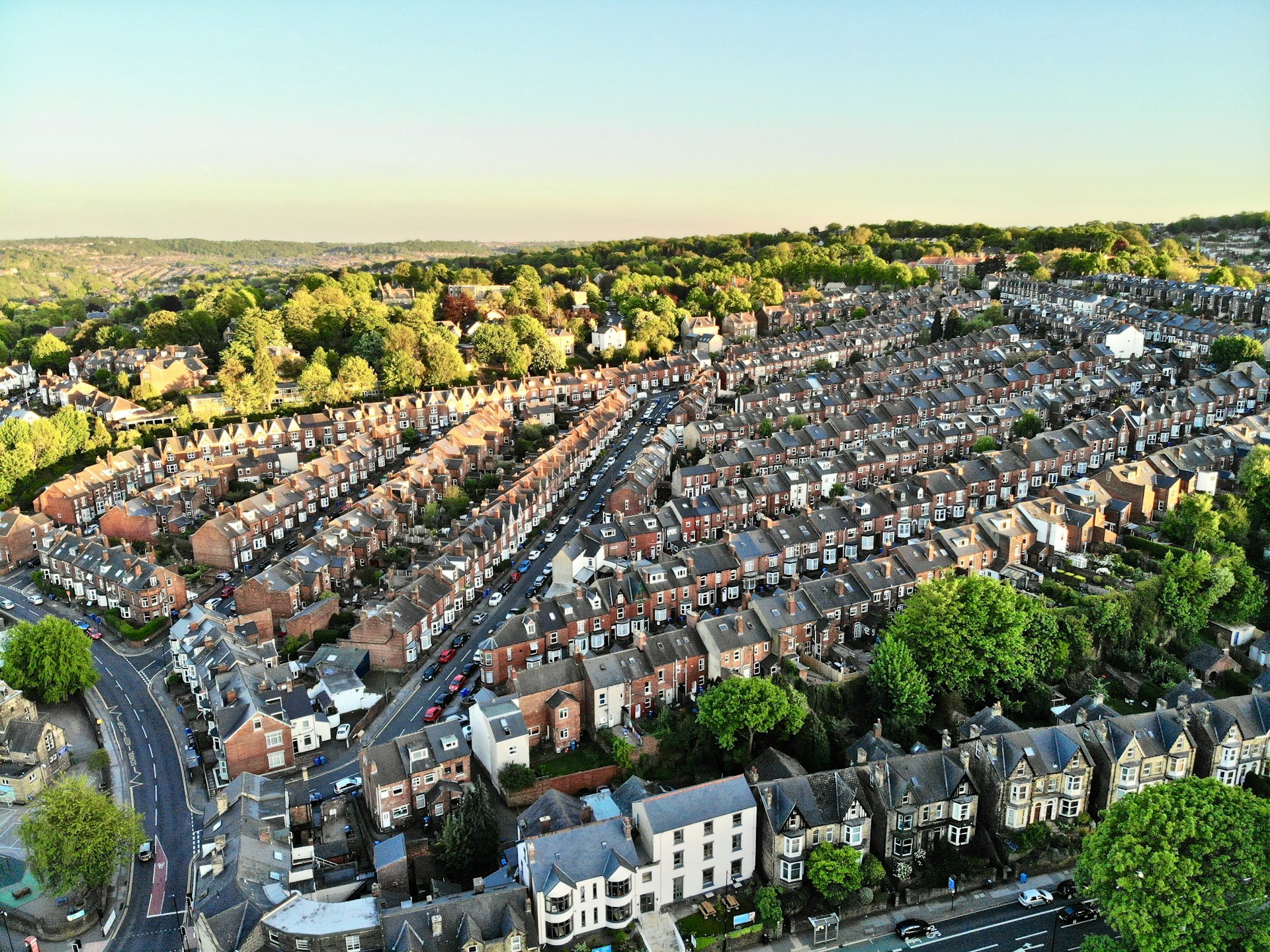A recent report by the Campaign to Protect Rural England (CPRE) has revealed that almost 1.5 million new homes could be built on brownfield sites across England, with more than half of these sites already having planning permission and being ready for development. This represents a significant opportunity to meet the government’s housing targets while also reducing the pressure on greenfield sites and protected natural areas.
However, despite the availability of these sites, developers often opt for greenfield land due to higher profitability, leading to the continued development of green belt and environmentally sensitive areas. Between 2021 and 2022, nearly half of all new developments occurred on green land. The CPRE has called for a “brownfield-first” approach, urging the government to prioritize previously developed land in its housing strategy.
The government’s forthcoming planning and infrastructure bill has come under criticism for potentially weakening environmental protections, raising concerns about its impact on brownfield development. While officials have expressed a commitment to utilizing brownfield sites, challenges such as land viability and complex ownership issues remain significant obstacles. To ensure sustainable urban growth, the CPRE advocates for enforceable targets for affordable and social housing on these sites.


